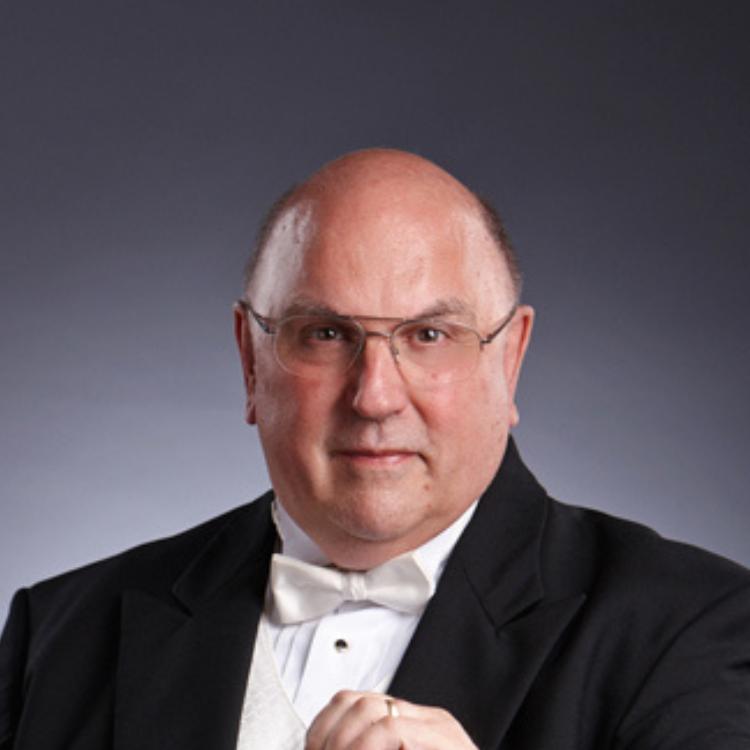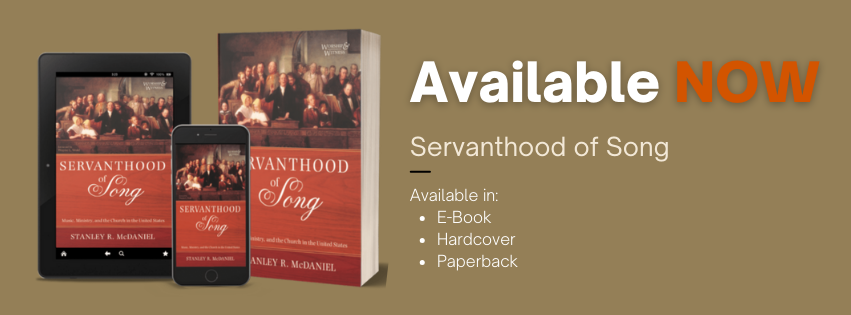Your cart is currently empty!

No. 12 – Singing the Faith in Wartime
Episodes of armed conflict have occurred throughout America’s history, and despite the fact that any biblical defense of war is shaky at best, American Christians and their churches have had to respond. When historians write of the American Revolution and the War of 1812, seldom emphasized is the hatred of Anglican liturgical formalism and the rampant anti-Papalism of the time which led Methodist evangelicals and reformed Congregationalists to find themselves unlikely allies against the British. Anti-Roman Catholicism certainly played a role in causing the majority of American Protestants to support the Spanish American War. The anti-Communism of the 1950s Korean War and McCarthy era was implicit in the sermonizing of the evangelist, Billy Graham, and churches responded by instigating a major missional effort to convert “Godless communists” to believing Christians. Conversely, the anti-Vietnam War preaching of William Sloane Coffin and Martin Luther King divided American Protestantism, causing thousands to exit liberal-leaning denominations for conservative evangelical ones.
No discussion of American sacred music in wartime can be complete without a focus on the Civil War. No conflict in American history so monopolized religious life as the war between the states. In a previous installment, we examined the importance of the “Port Royal Experiment” to understanding of the African-American spiritual. Robert E. Lee famously said in 1864, “I don’t think we could have an army without music.” Following the Battle of Five Forks, an important Union victory, commanding general, Philip Sheridan, was heard to say, “Music has done its share, and more than its share, in winning this war.”
The Sunday School songs of William Batchelder Bradbury were sung around campfires. The hymn, “O Happy Day That Fixed My Choice”, was commonly used to close regimental worship in the Union Army. Literally hundreds of recorded memories of troops in song in battle and on the march have come down to us. Hymns like “Rock of Ages”, “All Hail the Power of Jesus’ Name”, “My Faith Looks Up to Thee”, and “Sweet Hour of Prayer” were universally enjoyed and sung alongside secular tunes on both sides of the Mason Dixon line.
While on the march, Confederates were known to sing, “O when Shall I See Jesus”, possibly to the famous Southern Harmony tune, MORNING TRUMPET. The second stanza:
But now I am soldier. My Captain’s gone before.
He’s given me my orders and tells me not to fear.
And if I hold out faithful, A crown of life he’ll give,
And all his valiant soldiers, Eternal life shall have.
African-American troops developed their own repertoire of songs to express their newfound militance. “We Are the Gallant First” is an example:
We are the gallant First,
Who slightly have been tried,
Who order to a battle,
Take Jesus as our guide.
The singing or playing of hymnody was a significant source of comfort and hope during the most fearsome bloodshed. Chroniclers of virtually all the major battles included references to hymns being played or sung. From the Battle of Bull Run (“There is a fountain filled with blood”), to the Battle of Shiloh (“When I Can Read My Title Clear”), to the playing by a Confederate band of “Nearer My God to Thee” during the southern army retreat after Pickets Charge at the Battle of Gettysburg. The list goes on. One of the most often sung hymns of the Civil War was Thomas Ken’s “Praise God from Whom All Blessings Flow” sung to the tune, ”Old Hundredth.” Troops were heard singing it at the Battle of Bull Run in 1861, at the Battle of Yorktown in 1862, at Gettysburg in 1863, and during a lulling in the bloody fighting at Spotsylvania Courthouse in 1864. In addition, Union and Confederate chaplains organized hundreds of choirs. Military Bands performed arrangements of hymns as a major part of their repertoire.
The Civil War changed the face of American revivalism from a mostly regional affair to nation and international movement. The 1858 “Business Man’s Revival” in New York City occurred amid darkening clouds of sectional hostility. Harriet Beecher Stowe, already famous throughout the land for Uncle Tom’s Cabin, referenced the revival then going on in an 1858 article in the New York Independent.
We believe in no raptures, in no ecstasies, in no experiences that do not bring the soul into communion with Him who declared He came to set at liberty them that are bound and bruised…We say, therefore, to our friends, that the period of great religious impulse has come; that there will be revivals all over the land, either false or true – either of a Christian or a heathen type; and by their fruits we shall know them.
The revivalist flame lit by the revival of 1858 quickly spread across the nation, and only grew stronger after the siege of Fort Sumpter. It has been said that Union and Confederate armies were in a continuous state of Christian revival throughout the conflict. The great nineteenth century evangelist, Dwight L. Moody really found his voice as a preacher ministering to troops in battle during the struggle. It is not surprising then that hymns popular with troops were regularly programmed in his historic revival juggernaut during the 1870s and 80s. Moody included Civil War remembrances regularly in his sermons. One of the most popular gospel hymns of the Moody/Sankey era was the Phillip Bliss song, “Hold the Fort”, which was inspired by a Civil War battle.
When Johnny did come marching home, the post-Civil War world he found had changed pointedly. Many veterans, living in rural areas before the war, found it necessary to gravitate to major population centers to find employment in the factories. Fortress-like Victorian temples of worship were seen as unwelcoming and intimidating. The music that had united them and gave them hope during the war was largely dismissed and ridiculed by those wealthy and elite churches. It was the toe-tapping songs of the Moody/Sankey crusades which attracted them. The importance of this musical connection with their audiences was not lost on the revivalists themselves. A key member of each successful revival team – from Ira David Sankey, to J. Wilbur Chapman and Charles M. Alexander, to Billy Sunday and Homer Rodeheaver, to Billy Graham’s partnering with Cliff Barrows and George Beverly Shea – has been a musician versed in the musical tastes of his audience.
One of the most important legacies of the Second World War was revivalist activities which would ultimately coalesce into the foundation of Youth for Christ and the ministry of Billy Graham. A significant step in that development were evangelistic meetings held among troops stationed in the Philippines called G. I. Gospel Hours. “The singing set the rafters ringing and many accepted Christ as their personal Savior, truly, a bit of heaven here on earth.”
While the brutality of war is antithetical to the religion of the Prince of Peace, wherever there has been armed conflict in American history, music –both sacred and secular ¬– has been present among the troops. It has been invaluable as a source of comfort, a strengthener of faith, and as entertainment. The church, in the guise of missionaries, chaplains, and revivalists, has used sacred song as one of its most powerful tools.
As the title of this newsletter declares, “Music Ministry Matters.” A critical part of that ministry is fully understanding the musical and theological import of the music we sing. We often forget that music can serve as a force for good or evil. Joseph Haydn’s familiar AUSTRIAN HYMN, for example, was coopted by the Nazi government as “Deutschland, Deutschland über alles” and sung at Nuremberg rallies by thousands to reenforce a nefarious plan for world domination.
Best wishes and Peace,
Stan McDaniel



Leave a Reply